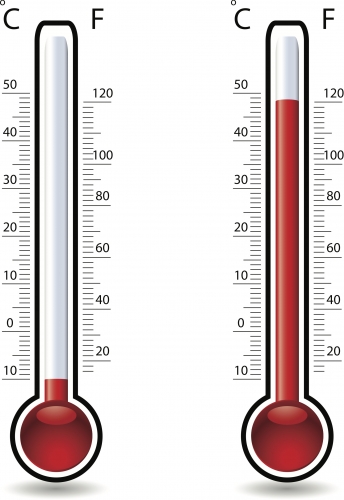In chemistry, we refer to a pure substance as being a substance made from only one element or one compound. And nothing else.
The opposite of a pure substance is an impure substance. An impure substance is one made from more than one element or one compound, meaning it is a mixture.
Pure elements and compounds have specific melting and boiling points, which means they will always melt or boil at exactly the same temperature. For example, pure water has a melting point of 0°C and its boiling point is 100°C. If the melting or boiling point of a substance doesn’t match the correct value, the substance cannot be pure and must be a mixture/impure.

Pure substances can be identified by comparing the melting point with published reference data of what the melting point should be.
However, impure substances or mixtures melt and boil over a range of temperatures, so may have a melting point of 34-39oC for example, depending on the exact composition of the mixture.
Got it?

Let's try some questions.







